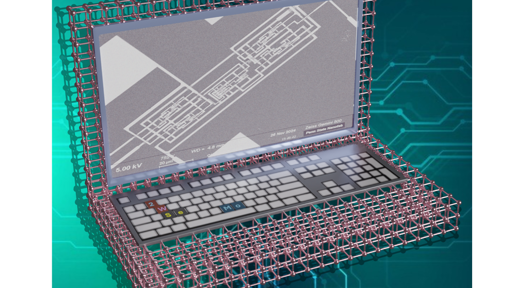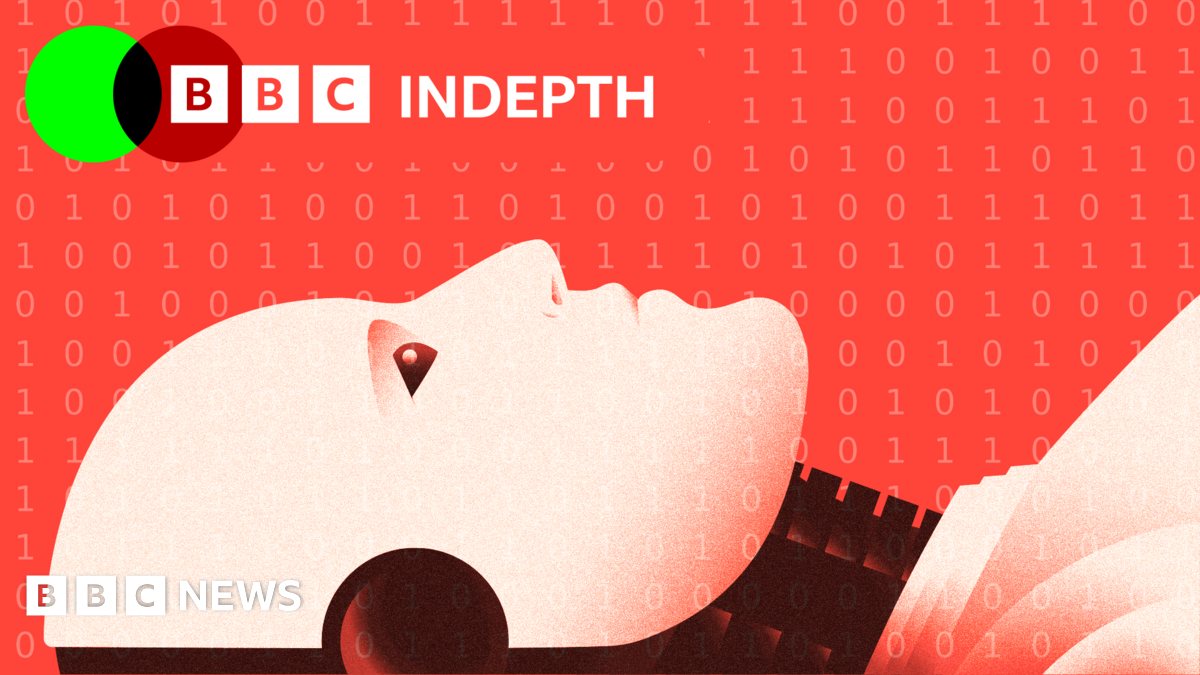Atom-Thin Tech Replaces Silicon in the World’s First 2D Computer
-
I feel like I'd drop it, and it would crack in half.
Linus? That you?
-
I was thinking more about the availability of "molybdenum disulfide and tungsten diselenide" opposed to silicon, they don't sound exactly like Home Depot stuff.
-
I was thinking more about the availability of "molybdenum disulfide and tungsten diselenide" opposed to silicon, they don't sound exactly like Home Depot stuff.
Fair point. From what I can tell, refined tungsten is actually an order of magnitude cheaper(!) than refined silicon, but molybdenum is over two orders or magnitude more expensive. ~300USD per ton, ~2000USD per ton and ~60000USD per ton respectively.
I assume that if this got up to scale industrially, savings could be made by recycling high purity molybdenum waste, but yes, it's not going to be cheap.
-
Fair point. From what I can tell, refined tungsten is actually an order of magnitude cheaper(!) than refined silicon, but molybdenum is over two orders or magnitude more expensive. ~300USD per ton, ~2000USD per ton and ~60000USD per ton respectively.
I assume that if this got up to scale industrially, savings could be made by recycling high purity molybdenum waste, but yes, it's not going to be cheap.
Modern transistors aren't just silicon though. The silicon is doped with various materials, presumably gallium, boron, arsenic, phosphorus, and cobalt, among other elements.
-
I feel like I'd drop it, and it would crack in half.
They say it's 2D so I would end up setting it somewhere and lose it because I can only see the sides it doesn't actually possess.
-
CPUs are not made in a home depot.
-
But material costs don't matter much in computer pricing.
-
But material costs don't matter much in computer pricing.
Exactly… the price of these new materials/CPUs isn’t in the amount of “exotic” elements, which is barely measurable on a per-unit basis, but in the production.
-
This post did not contain any content.

World’s first 2D, non-silicon computer developed | Penn State University
In a world first, a team led by researchers at Penn State used two-dimensional materials, which are only an atom thick and retain their properties at that scale, unlike silicon, to develop a computer capable of simple operations. The advancement, published in Nature, represents a major leap toward the realization of thinner, faster and more energy-efficient electronics, the researchers said.
(www.psu.edu)
They just keep making phones thinner and thinner
-
This post did not contain any content.

World’s first 2D, non-silicon computer developed | Penn State University
In a world first, a team led by researchers at Penn State used two-dimensional materials, which are only an atom thick and retain their properties at that scale, unlike silicon, to develop a computer capable of simple operations. The advancement, published in Nature, represents a major leap toward the realization of thinner, faster and more energy-efficient electronics, the researchers said.
(www.psu.edu)
Sophons when?
-
This post did not contain any content.

World’s first 2D, non-silicon computer developed | Penn State University
In a world first, a team led by researchers at Penn State used two-dimensional materials, which are only an atom thick and retain their properties at that scale, unlike silicon, to develop a computer capable of simple operations. The advancement, published in Nature, represents a major leap toward the realization of thinner, faster and more energy-efficient electronics, the researchers said.
(www.psu.edu)
That's very cool, but does anyone else think the title image is AI generated? Neither image nor caption seem to sit right, nor fit together.
Is the 'caption' actually (derived from) a prompt?
-
This post did not contain any content.

World’s first 2D, non-silicon computer developed | Penn State University
In a world first, a team led by researchers at Penn State used two-dimensional materials, which are only an atom thick and retain their properties at that scale, unlike silicon, to develop a computer capable of simple operations. The advancement, published in Nature, represents a major leap toward the realization of thinner, faster and more energy-efficient electronics, the researchers said.
(www.psu.edu)
This conceptual illustration of a computer based on 2D molecules displays an actual scanning electron microscope image
Sooo ... is it a conceptual illustration, or an actual SEM image?
-
This conceptual illustration of a computer based on 2D molecules displays an actual scanning electron microscope image
Sooo ... is it a conceptual illustration, or an actual SEM image?
Pretty sure the illustration here is just being used to demonstrate what's taking place visually for the reader!
-
This conceptual illustration of a computer based on 2D molecules displays an actual scanning electron microscope image
Sooo ... is it a conceptual illustration, or an actual SEM image?
The 'laptop' is s conceptual illustration. The image shown on the laptop screen is an actual SEM image.





